I revamped my photon mapping system a few weeks ago. The results are now radiometrically correct, converging to the same image as path tracing. I currently support Lambertian diffuse reflection (for indirect diffuse) as well as ideal specular reflection and refraction (for caustics). I took some inspiration from progressive photon mapping, storing all photons (diffuse and caustic) in a single photon map, visualizing the photon map directly (instead of doing final gathering), and doing multiple passes and progressively improving the image. Currently, I'm using a fixed search radius for photon lookups (and my own templatized k-d tree), and just starting with a very small radius so that the results are visually indistinguishable from path tracing; I could easily modify the system to use an increasingly smaller search radius. Because I'm doing multiple passes, memory isn't an issue—I can trace any number of photons in each pass, which affects the rate of convergence, but not the final result.
My old photon system had some significant limitations and flaws. When I started working on my ray tracer over two years ago, I thought photon mapping would be the best way to achieve realistic lighting, but I knew very little about rendering and radiometry at the time, so while I made good progress on it, I was not able to implement everything correctly or efficiently, and I eventually got stuck. Now I have a better understanding of that stuff, so I revisited photon mapping, partially for the fun and challenge, and partially to produce pictures that I couldn't produce before—pictures of situations that are difficult for path tracing to handle, especially caustics from small, bright lights.
I plan to make my photon mapping system more powerful in the future, and to render some pretty images containing fancy caustics. The scene I rendered below is not the most attractive, but it's good for illustrative purposes.
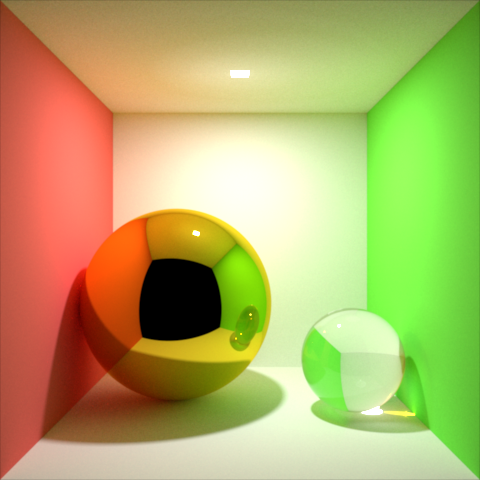 |
| Photon mapping used for indirect diffuse and caustics. |
 |
| Path tracing reference. Looks identical to the photon mapping version above, except it's still a little noisier than the photon mapping version. I let this render for much longer than the photon mapping version. The caustics took forever to smooth out. |
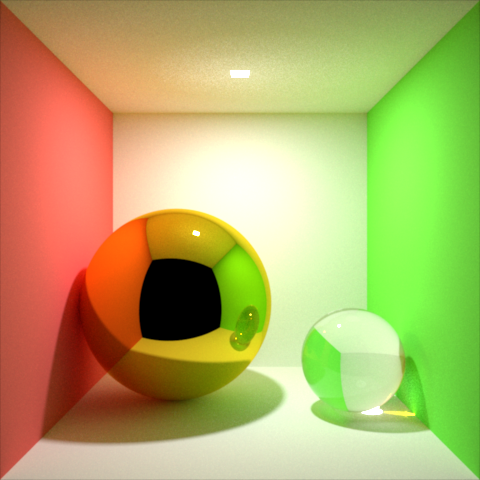 |
| Path tracing with photon-mapped caustics. |
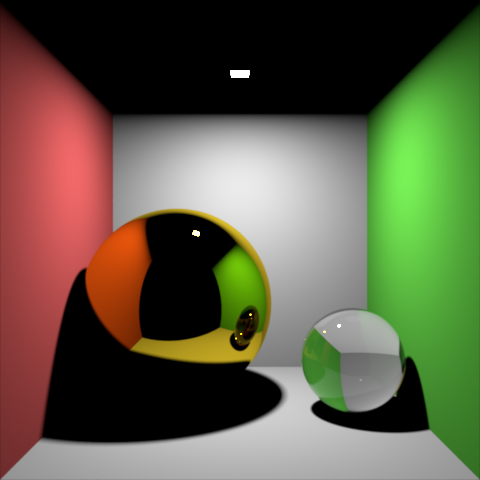 |
| Direct lighting only (plus specular reflection and refraction of camera rays). In the top image above, all of the rest of the light comes from the photon map. |
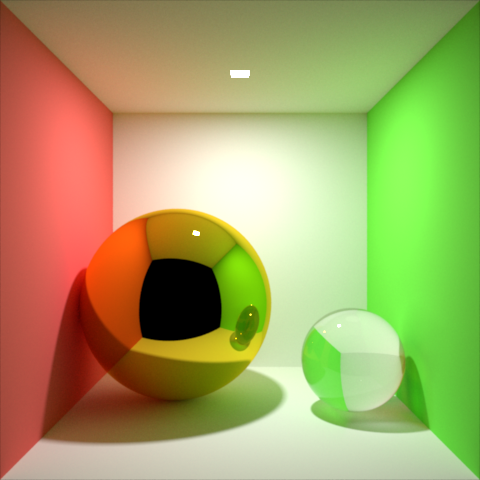 |
| Path tracing with no caustics. Compare to the full versions above to see how much contribution caustics have on this image. Also notice the lack of noise, even though this was rendered in much less time than the full path tracing image above. |
 |
| Caustics only (created using photon mapping). |
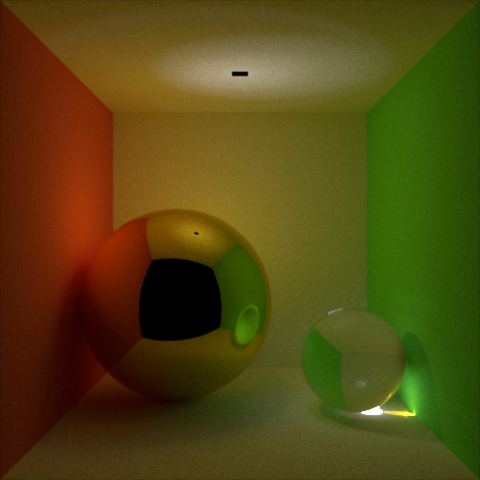 |
| Caustics, plus diffuse and specular reflection and refraction. This is what the scene looks scene looks like if lit only by the caustics in the image above. Notice, on the ceiling, the caustic of a caustic; the hot spot under the glass ball is projected back through the ball and onto the ceiling. |
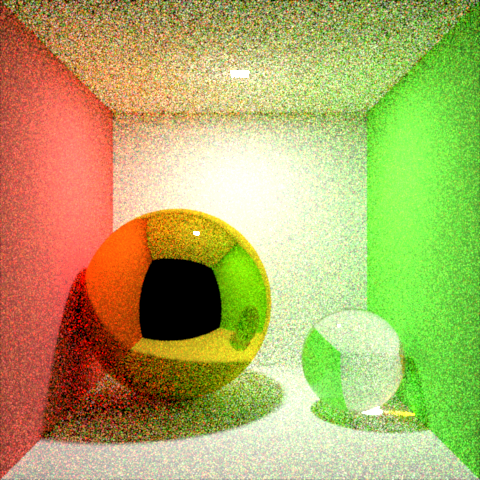 |
| What the top photon mapping image looked like after the first pass. |
 |
| What the path tracing reference looked like after the first pass (which took quite a bit longer than one pass of the photon mapping version). The fireflies are the caustics. |
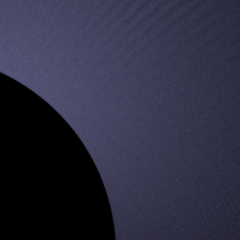 |
| Subtle artifacts (isolated here) from a pseudo-random number generator issue. Months ago I changed my PRNG to Mersenne Twister, but I switched it back to rand() when I put the program on my Mac laptop to work on it on it over the summer, because the Mersenne Twister stuff didn't port without effort. It took me a while to figure out what was causing these artifacts. |
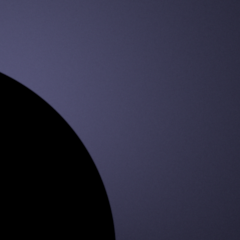 |
| Problem fixed by switching Mac version to use Mersenne Twister. |










